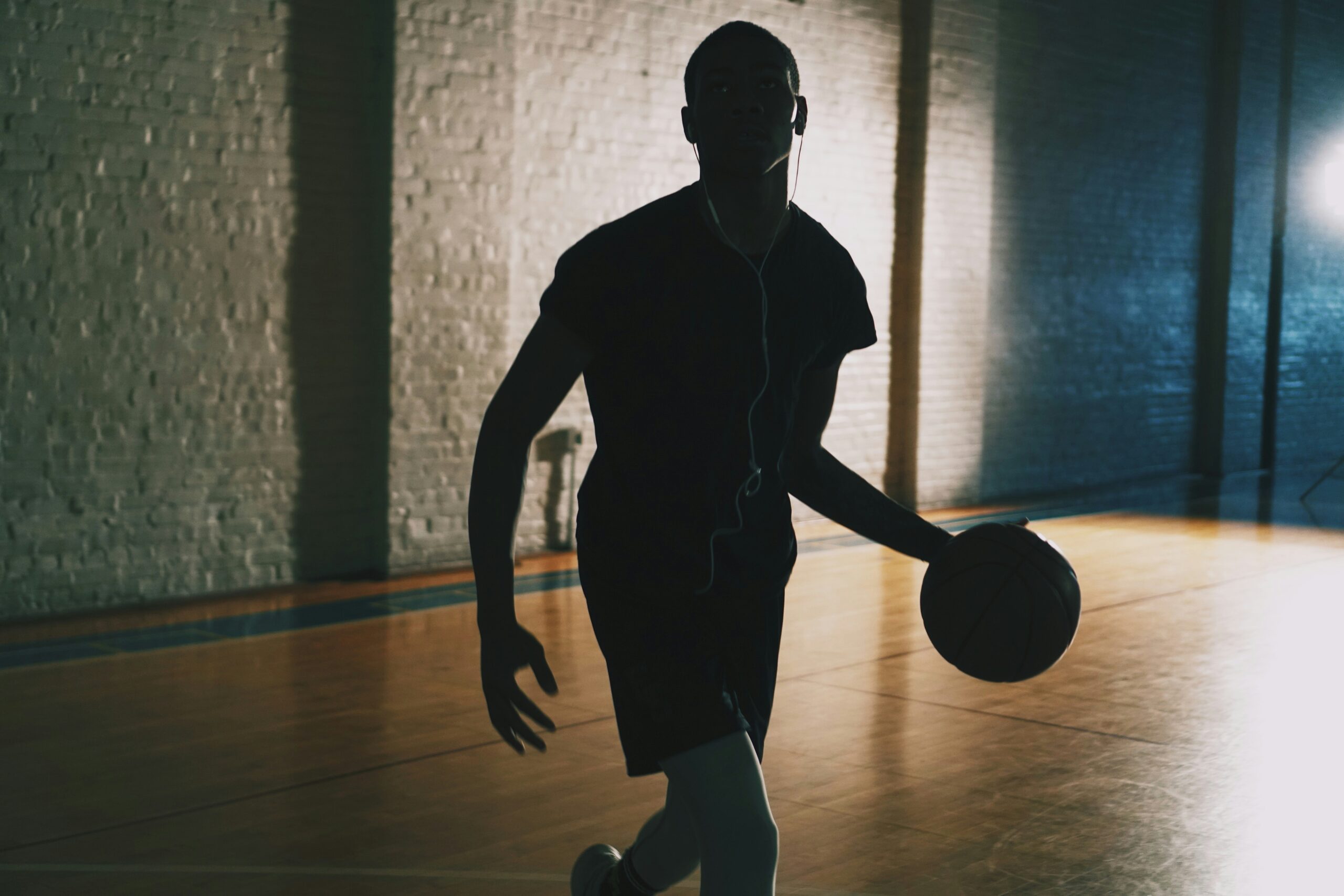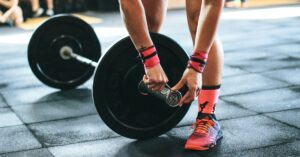Innovations in Athletic Conditioning Techniques

Innovations in Athletic Conditioning Techniques
Introduction
Athletic conditioning techniques have evolved significantly over the years, driven by advancements in sports science, technology, and innovative training methodologies. These innovations aim not only to enhance athletic performance but also to prevent injuries and optimize recovery.
1. High-Intensity Interval Training (HIIT)
HIIT has revolutionized conditioning by alternating short bursts of intense exercise with brief periods of rest or lower-intensity exercise. This method improves cardiovascular fitness, endurance, and metabolic function more effectively than traditional steady-state workouts.
“HIIT can produce significant gains in a short amount of time, making it a valuable tool for athletes looking to maximize their training efficiency.”
2. Wearable Technology
Advances in wearable devices, such as smartwatches and fitness trackers, provide real-time data on heart rate, oxygen saturation, sleep patterns, and more. Athletes use this information to adjust training intensity, monitor recovery, and prevent overtraining.
3. Functional Training
Functional training focuses on movements that mimic everyday activities and sports-specific actions. This approach improves balance, flexibility, and strength in a way that directly translates to enhanced athletic performance and injury prevention.
4. Biomechanical Analysis
Using motion capture technology and 3D analysis, coaches and sports scientists can assess an athlete’s movement patterns with precision. This data helps identify biomechanical inefficiencies and allows for targeted corrective exercises to optimize performance and reduce the risk of injury.
5. Recovery Techniques
Enhanced recovery methods are crucial for maintaining peak performance. Techniques such as cryotherapy, compression therapy, and contrast baths are used to reduce inflammation, accelerate muscle repair, and improve overall recovery time.
Case Study: The Use of Cryotherapy in Professional Athletics
Teams in various sports have integrated cryotherapy into their recovery protocols. The Dallas Mavericks, for example, employ cryotherapy to help athletes recover faster between games, reduce muscle soreness, and maintain a high level of performance throughout the season.
6. Nutritional Strategies
Optimized nutrition plays a crucial role in athletic conditioning. Athletes now work closely with nutritionists to develop personalized meal plans that support training goals, enhance recovery, and ensure adequate energy levels.
7. Virtual Reality (VR) Training
VR technology is increasingly used to simulate game situations and enhance cognitive skills, reaction times, and decision-making abilities in athletes. This immersive training approach is particularly beneficial in sports where split-second decisions can determine the outcome.
Conclusion
As technology and sports science continue to advance, the landscape of athletic conditioning evolves. Innovations in training techniques, recovery methods, and performance analytics empower athletes to push the boundaries of what’s possible in their respective sports. By embracing these innovations, athletes and coaches can unlock new levels of performance and competitiveness.







